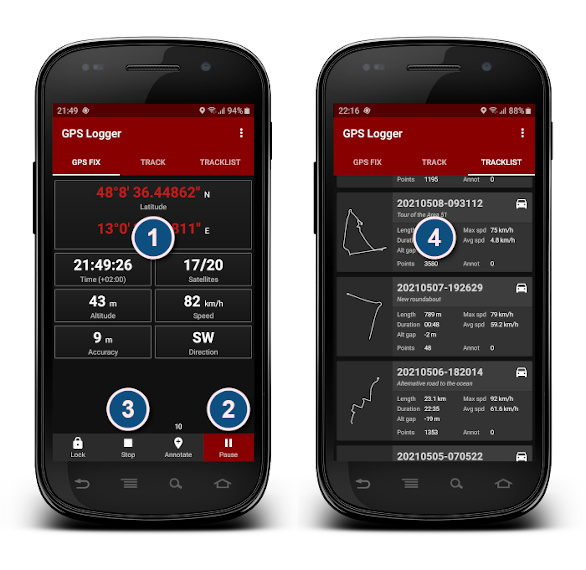Sandwich Panel Solutions for Renewable Energy Infrastructure
페이지 정보

본문

Sandwich panels are increasingly becoming a vital component in the engineering and installation of sustainable power systems. These panels comprise high-strength exterior skins bonded to a low-density interior core, offering an unmatched synergy of structural integrity, energy efficiency, and quick assembly. As solar farms, wind turbine facilities, and energy storage sites proliferate in remote and urban regions alike, the need for durable, low-maintenance, کانکس ویلایی and budget-friendly panel systems has become absolutely essential.
A standout feature of sandwich panels in sustainable infrastructure is their superior heat retention capabilities. Solar panel installations often require climate-controlled enclosures for batteries and electronics. Similarly, turbine operator cabins and service hubs need to stay thermally regulated in extreme ambient environments. Sandwich panels with rigid foam or rock wool insulation provide remarkable energy-saving insulation, reducing the need for additional heating or cooling systems and significantly decreasing operational power demands.
In addition to insulation, sandwich panels are highly durable and resistant to environmental stressors. They can resist freezing cold, torrential downpours, gale-force winds, and relentless sun—frequently encountered in isolated energy zones. Their corrosion-resistant surfaces, especially when made from aluminum or galvanized steel ensure decades of reliable use with little upkeep. This durability enhances operational efficiency while slashing maintenance expenses.
The factory-engineered modular architecture also speeds up construction timelines. Instead of time-consuming cast-in-place concrete or custom wood framing, these panels arrive pre-fabricated and can be assembled quickly with minimal labor. This is vital for sites with poor infrastructure and narrow weather-dependent installation windows. Quicker assembly enables earlier power generation, helping to fulfill global decarbonization mandates.
Another key benefit is their compliance with stringent fire codes. Many modern sandwich panels are engineered with mineral-based insulation and certified to EN 13501, UL 723, and other global benchmarks. This is vital for high-density battery arrays with potential for cascading failures. Strategically insulated panels mitigate fire risks and protect adjacent modules, improving emergency response readiness.
Finally, sandwich panels contribute to the sustainability of renewable energy infrastructure itself. By removing the demand for extra insulation layers and lowering HVAC energy demands, they support the broader goal of lowering carbon footprints. Many manufacturers now offer panels crafted from reclaimed aluminum and steel with 100% recyclable cores, reinforcing sustainable lifecycle management.
With the global shift toward renewable power, the systems underpinning clean generation require innovation. Sandwich panels deliver a proven, high-performance, eco-friendly alternative that addresses multiple challenges faced by renewable energy developers. From boosting thermal performance, accelerating timelines, and fortifying fire resistance, they are emerging as a foundational element in modern clean energy architecture.
- 이전글Ufabet: Enjoy Thrilling Gambling Enterprise Games in Thailand 25.09.25
- 다음글Play Exciting Slot Gamings free of charge Online in Thailand 25.09.25
댓글목록
등록된 댓글이 없습니다.
